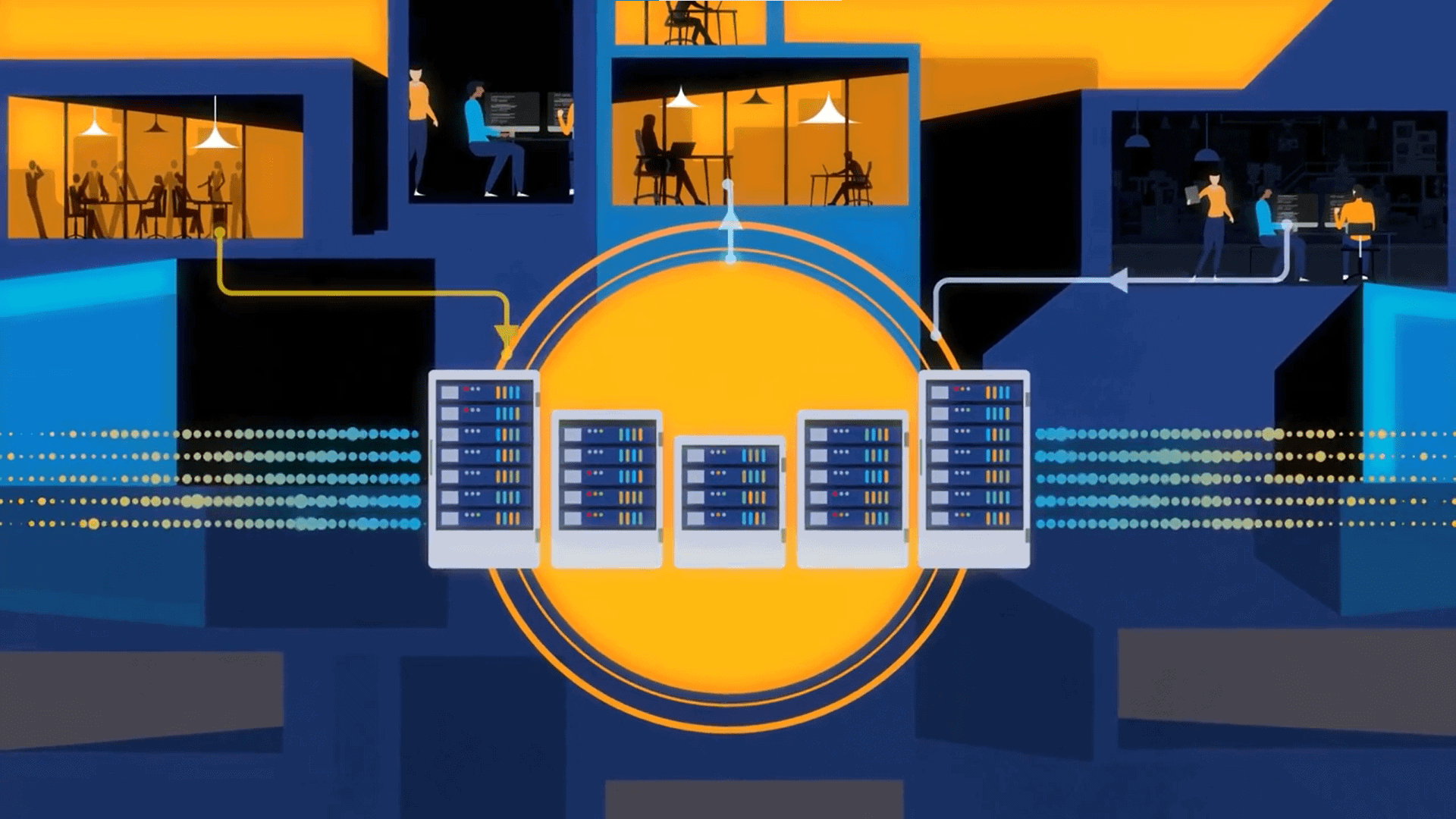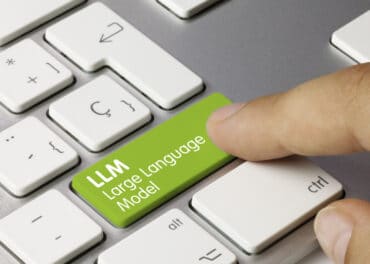
The only AI systems worth building are those that are auditable, explainable, and grounded in your company’s real data. That means combining LLMs with structured knowledge—whether through GraphRAG, knowledge graphs, or other verifiable frameworks.
As we all know, LLMs are great at generating text that sounds intelligent. However, they don’t actually “know” anything—they’re simply excellent at predicting what comes next based on probability. This isn’t a problem if you’re using GenAI for a school assignment or a blog draft. But when businesses rely on them as sources of truth, they risk falling into misinformation and a lack of traceability.
And yes—that’s despite the advances we’re seeing with tools like OpenAI’s o-series and DeepSeek’s R1. The core issues—hallucinations, an inability to perform true logical reasoning, and a static knowledge base—remain unresolved. Imagine an LLM confidently telling a financial institution that a nonexistent regulation applies to their business; without a way to verify facts, bad advice like that could lead to costly mistakes.
A major misconception is that bigger models will solve these problems. They won’t because LLMs don’t actually think—they mimic thinking based on their training data. If a business decision requires true cause-and-effect analysis, an LLM alone won’t be enough. Keeping LLMs updated with your specific case is also costly, complex, and far from practical.
This leads to static knowledge that quickly becomes outdated. Put simply, LLMs have clear limitations—most notably their context window, or the amount of text they can process and “remember” at any given time. The vast enterprise data and knowledge bases that real-world business users need to query far exceed the capacity of most LLMs, which are constrained by relatively small context windows.
At the same time, LLMs can’t have unlimited context windows—attempting to process massive datasets in one go would lead to a loss of precision and an increased risk of hallucination. Imagine training a parrot to describe how to fly an airplane: the clever bird can listen to a pilot, memorize the words, and repeat them fluently. It even sounds confident, saying things like, “Increase throttle, adjust flaps, check altitude,”… but would you trust that parrot to land your airplane?
Absolutely not! Even the smartest parrot doesn’t understand aerodynamics, fuel levels, or emergency procedures—it’s just repeating patterns it learned. That’s essentially how large language models work—they can produce answers that seem logical, but they don’t reason in the human sense. Yet, LLM creators are very good at convincing us that they can reason, using behind-the-scenes techniques like:
- Thinking Out Loud (Chain-of-Thought Prompting): This is like the parrot talking to us, saying, ‘First, I’ll do this, then I’ll do that.’ It appears logical, but it’s simply following patterns rather than actually thinking through the problem the way a person would.
- Using Examples (Few-Shot Learning): If you show the parrot a few examples of solving a puzzle, it might mimic those steps for a new one—but if the puzzle changes, it’s stuck. LLMs work the same way; they learn from examples but don’t truly understand the underlying rules.
- Pretending to Think (Simulated Reasoning): Some models try to convince us they are ‘thinking’ by breaking down their answers into steps. That’s like the parrot saying, ‘Let me think,’ before giving its answer. It looks like reasoning, but again, it’s just pattern-matching.
- Learning from Other Parrots (Synthetic Data): One parrot teaches another what it learned. That makes the second parrot seem smarter, but it’s just repeating the first parrot, which means it will duplicate its mistakes and limitations.
- Fancy Wrapping (Pseudo-Structure): Some models format their answers in structured ways, like adding tags around steps, to give the illusion of order. It’s like the parrot putting its sentences in bold as ChatGPT does; it looks convincing but doesn’t change the fact that it’s not really thinking.
These tricks are, in a way, sleight of hand: they make the model seem brilliant, but they don’t address the core issue—LLMs don’t actually understand your business, whether it’s supply chain logistics, fraud detection, or manufacturing. They’re simply remixing patterns from the public internet. That’s why enterprises must pair them with structured, verifiable knowledge, like graph technology, to ensure real, trustworthy reasoning.
A better approach: bring reasoning to the data, not the data to the model.
See also: How Knowledge Graphs Make LLMs Accurate, Transparent, and Explainable
How a knowledge graph helps
A knowledge graph acts as a source of truth—a way to structure relationships between data points. Using a knowledge graph means your AI isn’t just parroting words but working with additional context from your company’s domain. Without graph help, AI remains a high-tech guessing machine.
Some developers attempt to address LLM deficiencies by feeding them more documents to draw answers. But adding unstructured text into a vector database doesn’t create real reasoning—a collection of PDFs won’t tell you why a supply chain bottleneck is taking place. That’s where structured data and knowledge graphs come in—graphs map real-world relationships, enabling AI to reason over facts, not just retrieve text.
And unless your LLM is continuously fine-tuned (which is costly and impractical), it quickly becomes outdated. Instead of endlessly retraining an LLM, businesses should structure their knowledge with GraphRAG, i.e., retrieval-augmented generation—combining retrieval with deterministic graph-based reasoning.
As a result, the AI will be context-aware, relevant, and auditable—without hallucinations or endless retraining cycles. Ultimately, for AI to be truly useful at scale, it’s not about making them bigger but smarter—and that starts with structured, connected knowledge. This is why hybrid approaches like GraphRAG matter, and even better, it means developers can access all the power of the graph model anyway.
Graphs aren’t just storage systems, after all—they are dynamic, interconnected networks of meaning that can enhance an LLM’s ability to retrieve, reason, and adapt in real time. Instead of relying on guesswork, structured data provides context, accuracy, and traceability.
That’s why the future of practical AI doesn’t lie in the possibly philosophically incoherent quest for “true” AI or Artificial General Intelligence (AGI), nor in the next iteration of LLMs. Instead, it lies in making AI genuinely useful for real-world enterprise challenges. That means combining generative AI with structured, verifiable knowledge so businesses can trust their AI-driven decisions.
From today onwards, whenever you work with AI, you need to be asking:
- How does this model verify what it’s saying? If the answer is, “It doesn’t,” you’ve got a problem. AI must be able to trace its outputs back to authoritative data sources, not just generate plausible text.
- What happens when the model is wrong? If failure modes aren’t well understood, the risk is unpredictable. What’s the fallback mechanism when an LLM makes an error?
- Can this system provide reasoning, not just responses? If it’s only generating fluent text without structured reasoning capabilities, it’s just a sophisticated autocomplete, not a decision-making tool.
The future of AI is about smarter architectures
The bottom line is that organizations need to stop treating LLMs as standalone decision-makers. AI should be an assistant, not an oracle. The only AI systems worth building are those that are auditable, explainable, and grounded in your company’s real data. That means combining LLMs with structured knowledge—whether through GraphRAG, knowledge graphs, or other verifiable frameworks.
Another critical shift is rethinking AI governance. Who is responsible for AI-generated outputs? How do we ensure bias doesn’t creep in? Companies need clear policies in place before deploying AI in production.
The future of AI isn’t about scaling up models—it’s about building smarter architectures. The real breakthroughs will come from organizations that embrace hybrid reasoning, unlocking AI’s full potential.





























